In 1810 in London, the death of an 81-year-old French émigré living in genteel poverty would ordinarily have aroused little attention.
But as the body of the deceased person, Chevalier d’Éon, was being prepared for burial, medical authorities swooped in to perform an investigation.
Its purpose? To answer a question that had been raised in society in the 1770s and persisted ever since, a debate that so many engaged in that the London Stock Exchange made it a betting-pool subject.
Was Chevalier d’Éon a man or a woman?
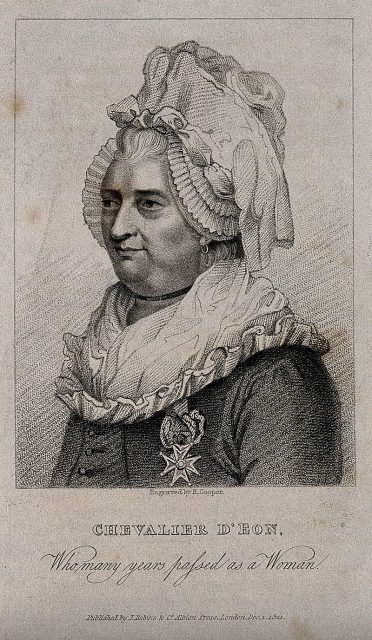
Born on October 5, 1728, d’Eon’s full name was Charles-Geneviève-Louis-Auguste-André-Timothée d’Éon de Beaumont. The son of the director of King Louis XV’s dominions, he was raised in the world of Dangerous Liaisons, in circles both privileged and dissolute.
During this time, d’Éon presented himself as a man, one who was charming and intelligent, a gifted mimic. He was carefully educated and took a position at the highest level of civil service, also gaining fame as an expert fencer, but his life changed dramatically when he was recruited to become a member of an elite spy service for France called le Secret du Roi (the King’s Secret).
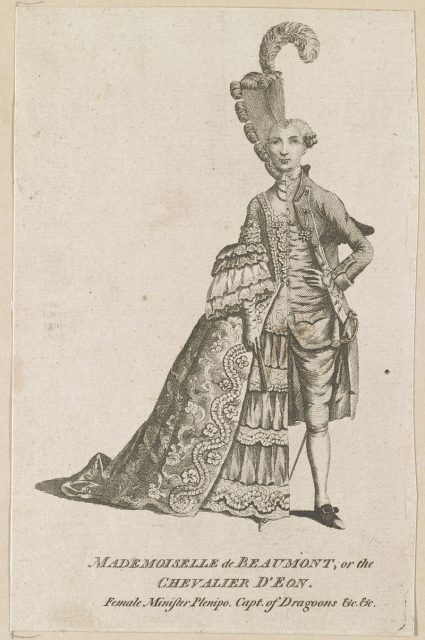
Louis XV, great-grandson of Louis XIV, was the absolute monarch of France and as such perhaps the most powerful man in the world for a period during the mid-18th century. It was a heavy burden to him, lightened by his frolicking with a string of delectable mistresses, from Madame de Pompadour to Madame de Berri.
But France was a country often at war, and Louis XV struggled to make the right decisions in diplomatic and military matters. To better assist him, he split his diplomatic service in two: official and secret channels. Formed more than a century before MI6 in England, le Secret du Roi employed no more than 32 people at any time, undertaking missions in other countries vital to the interests of France.
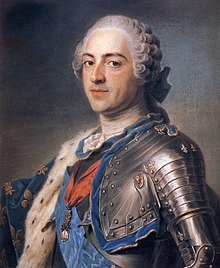
D’Éon’s first assignment was a challenging one: travel to Russia using a false identity to advance a key diplomatic objective. This was when d’Éon first dressed as a woman, although there are two stories. One was that he impersonated a French lady-in-waiting from the beginning to ingratiate himself with Empress Elizabeth (daughter of Peter the Great); the second, that he won the heart of the Russian court when he dressed as a woman at one of the Empress’s Metamorphoses balls.
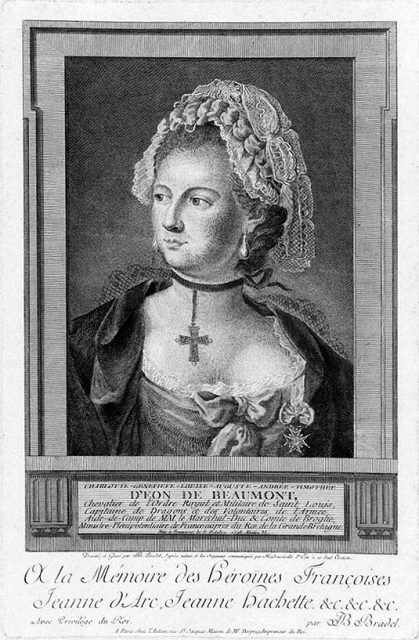
After what became the Seven Years War broke out, d’Éon returned to France. His bravery and military achievements won him titles and acclaim although, unfortunately, the English won that war, not the French.
His next assignment was to go to London in 1762, pretending to be a diplomat but actually performing spy missions for Louis XV, such as learning of weaknesses in England’s defenses and getting that information to Versailles.
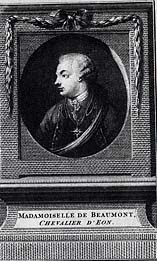
He was also a hit with the English court. The rumors were that Queen Charlotte found him as charming as had the Russian Empress Elizabeth.
However, this was when the Chevalier and the King had a falling out. He threatened to expose Louis XV’s secrets to the public unless he received a pension, and the pension flowed.
Around this time, his fondness for wearing women’s clothes and his androgynous appearance led to rumors that he was, in fact, a woman biologically. The London Stock Exchange placed its question for wagers. He did not deny or confirm it.
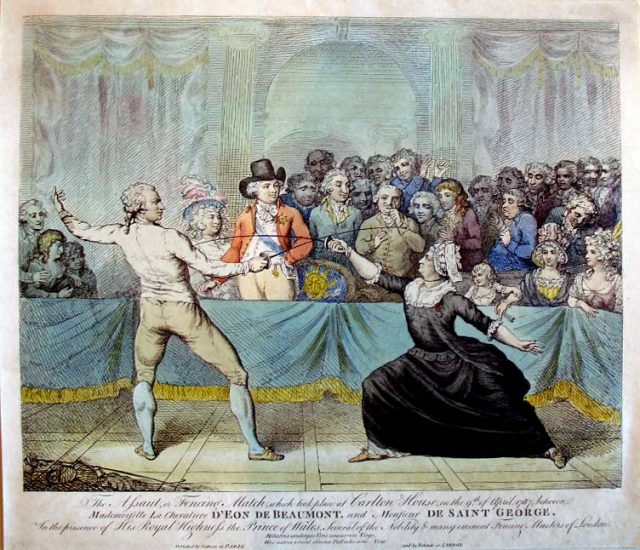
After Louis XV died in 1774, Chevalier d’Éon returned to France, where he not only dressed as a woman all the time but declared that he had been born a female, forcing his father, desperate for a male heir, to execute a fraud.
This was more or less accepted by everyone, including Louis XVI and Marie Antoinette. He wore beautiful dresses and he wore his military ribbons. And d’Éon wrote a memoir, La Vie Militaire, politique, et privée de Mademoiselle d’Éon.
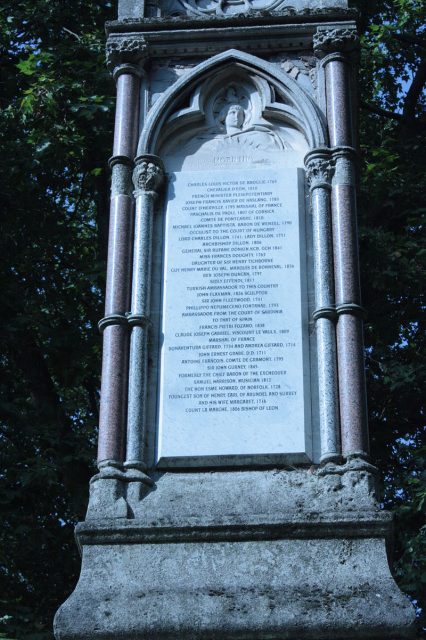
The French Revolution was not friendly to aristocrats of either gender, and d’Éon made his way to England again. His pension was halted and he’d run out of money. After selling his jewelry and books, he started appearing in fencing tournaments dressed as a woman, fighting for cash.

It wasn’t enough, and he served some months in debtors’ prison. His health deteriorated, and he died.
The medical investigation yielded the report that Chevalier d’Éon had male organs. However there were “questionable” aspects too, ones left vague. This leaves open the possibility that he had features of both genders.
Today Chevalier d’Éon is buried in the churchyard of St. Pancras Old Church.
Nancy Bilyeau is a former staff editor at Entertainment Weekly, Rolling Stone, and InStyle. She has written a trilogy of Tudor-era thrillers for Touchstone Books, sold in nine countries. Her new novel is ‘The Blue,’ about the porcelain and art world in Europe during the Seven Years War. For more information, go to www.nancybilyeau.com
